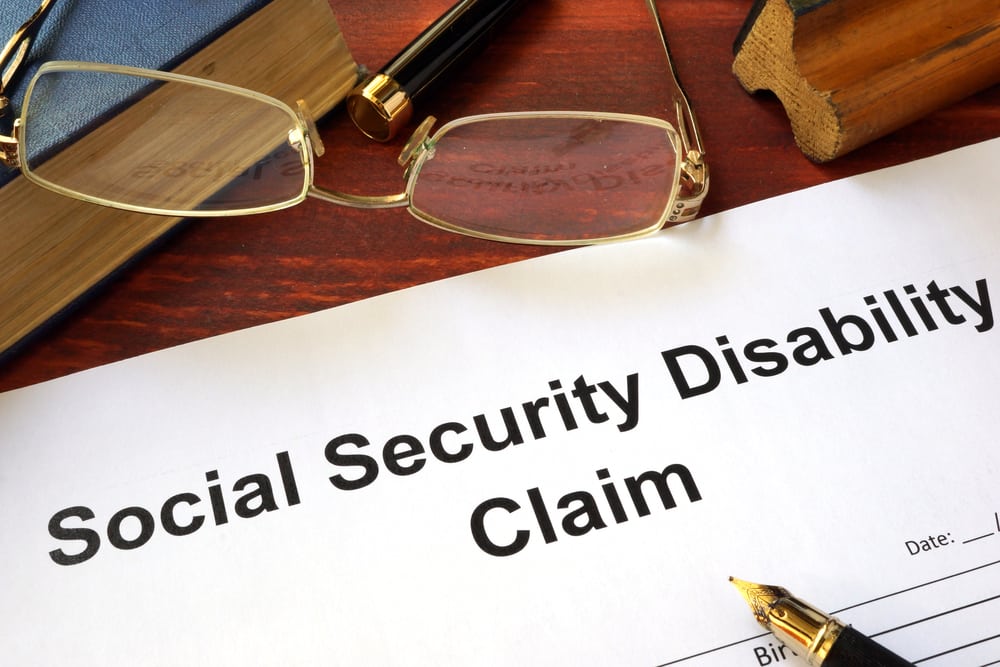Top 5 Common Social Security Disability Myths

It holds true that claiming Social Security Disability, in one way or another, can be a complex process. And given the massive amount of misinformation available, it is all the more confusing. Nevertheless, individuals who are too injured to make a living have no other choice but to rely on the benefit money to support themselves. Hence, it is only important to understand the truth about the overall disability application process so as not to jeopardize the chances of successfully nailing the application. With that said, keep in mind of some of the most common embraced Social Security Disability myths.
#1. The Social Security Administration is Fond of Denying First-Time Disability Claims
There is actually a reason why so many people believe this Social Security Disability myths and it is due to the extremely high percentage of individuals who are, in fact, denied on their very first claim. At present, there are around 30% of applicants that receive benefits after applying for the first time. As a result, lots of people believe that the said benefits are, by default, denied on the initial application attempt.
In reality, it really takes several attempts for a person to finally acquire the Social Security Disability benefits. And the reason why many people are required to undergo several applications because they do not learn from their mistakes. They simply file the same application over and again while expecting it to be successful. It is much better for you to file an appeal to the SSA, as it gives a much better chance of gaining success than having to file a new claim.

#2. Social Security Disability Myths About Receiving the Benefits and Worker’s Compensation
This is where people believe that it is impossible to receive both the SSD benefits and worker’s compensation at the same time. Well, it is not really the case. If your disability came from a work injury or illness, then you must immediately apply for workers’ compensation. However, if you claim workers’ compensation, there is a possibility that your SSD benefits will be reduced. This is called an “offset, and here is how it works:
Basically, the Social Security Administration determines monthly SSD benefits in a way that it already includes benefits meant to be paid to family members. The SSA then adds this amount to the workers’ compensation that you will receive. But if the amount goes beyond 80 percent of the average current earnings, the SSA will reduce the excess amount from the SSD benefits payment. Just keep in mind, however, there other benefits and payments are not deemed “offsets,” with the Veterans Administration (VA) benefits being an epitome.
#3. Applicant Must Be Disabled For At Least 12 Months Before Applying
This is really wrong and here is the truth: You must be able to prove that your disability will more likely last longer than 12 months or, worse, result in death. Contrary to popular belief, the application process does not require a minimum wait time. If you have stopped earning money and/or have been given a diagnosis that your disability will at least last 12 months, then it is only right for you to begin the application process.
#4. It is Better to File a New Claim Than Appeal
Believe it or not, it is a complete waste of time and resources to simply file a new Social Security Disability claim right after a denial. What is even worse is if you apply for the claim using the same disabling condition and medical documentation. Why? That is because your chances of getting a new claim using such process are slim to none. You will only be rejected and for the same reason as the first claim.
Apparently, you will have a much higher chance of success if you use the right of appeal, which is required to be placed within 60 days following the rejection. Considering the processing stage, it is only ideal to find qualified legal representation who can give you the best chance of winning the appeal.
#5. You Must Near Retirement Age to Receive Benefits
It is funny considering that most, if not all, applicants actually believe this. Not only is it untrue, it is also the kind of Social Security Disability myth that is pure nonsense. For starters, the SSD program is nothing close to a retirement program. It is rather a program designed for individuals who can no longer work due to physical and/or mental disability. So, in a sense, you do not have to be near the retirement age just to receive the benefits.
However, the amount of SSD benefits you receive is heavily based on the contributions you made to the Social Security trust fund. This contribution, as you should have already known, is taken directly from your earnings. This may also mean that older workers have more chances of receiving higher payments as compared to younger workers.











